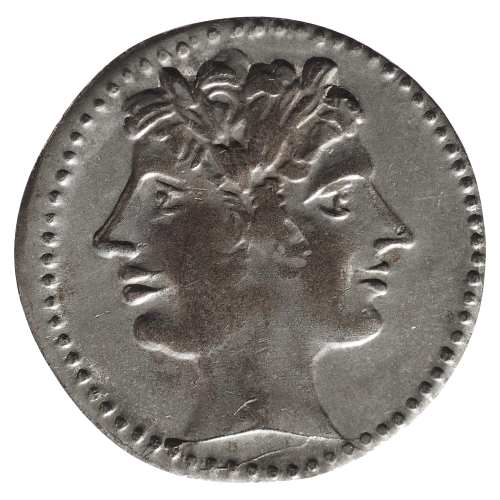Methods and Tools
In pursuing research across a broad range of case studies, with short-term and long-term perspectives, an objective of the JANUS Initiative is to develop a tool kit for connecting the past, present and future of an organization, business or community, building capacity for innovation, flexible adaptation to uncertainty with creative confidence.
In this the JANUS Initiative is a contribution to the fields of human-centered design thinking and strategic foresight – Next-Gen Design Thinking. Capacity to innovate is about people’s skills and competencies in techniques for achieving empathy, researching and understanding human needs and desires, for ideation, prototyping, pitching, sharing and persuading, sharing, ways of delivering a product, solution, service or experience for a sought after future. Collaboration and communication are keys. Ways of incorporating memory, history, and how the past connects with the present through artifacts and material culture have hardly been developed in design thinking and foresight.
The tools and techniques relevant to the JANUS Initiative are well established and proven. Many are already part of the design thinking and strategic foresight tool kit and skill set, and need only to be oriented on memory and how it is embedded in artifacts and architectures, landscapes and cityscapes.
- Archaeology offers a host of techniques for curating past experiences embedded in sites and artifacts. Focus might be directed to unpacking the past achievements of a company or community embedded in what it has made. We might excavate the layers in a company’s psyche, analyzing its capacity to change, adapt, learn.
- Historiography can be a means of helping a business or organization gain hindsight into the challenges it faces, into what needs to change, through the stories it tells of itself, where it has come from and where it is going.
- Ethnography and oral history help people see who they are in terms of where they have come from, what has happened that shapes their identity.
- Cartography and timelines map an organization’s experiences and environments, plotting events and processes that have made a community or business what it is and might become.
- Collections or assemblages of artifacts and memories in a company or community archive or museum can be a key to shape self-image in respect of future orientation.
Some key questions in Next-Gen Design Thinking
- What are the main features of corporate culture?
- To what extent is the capacity of a business or organization to be flexible and innovative affected by its culture?
- How might Next-Gen Design Thinking help corporations and organizations become more open and innovative?
- How is the history of a business sector, corporation or organization embedded in its people and its products?
- How does the history of a business or organization affect its corporate culture and strategy?

